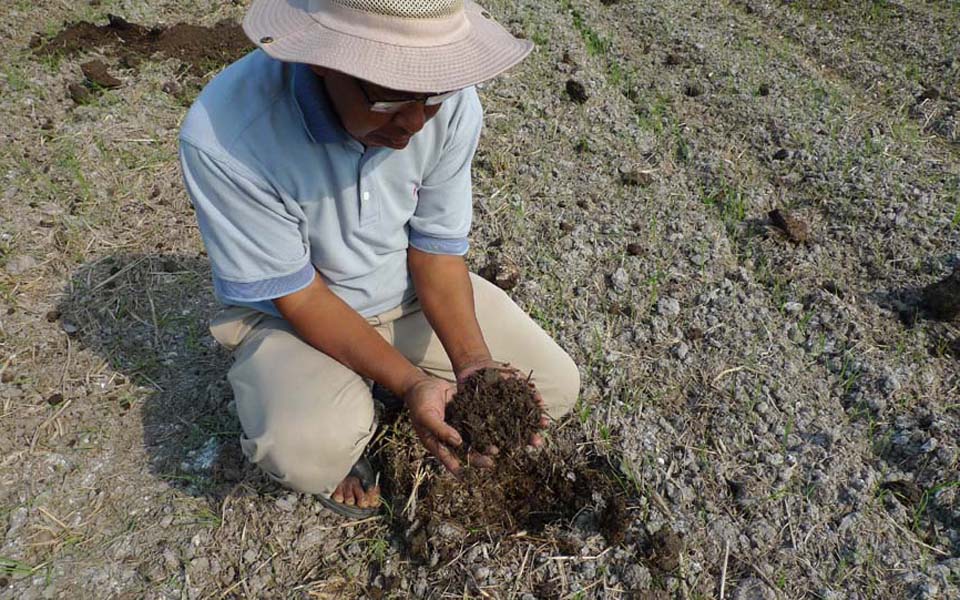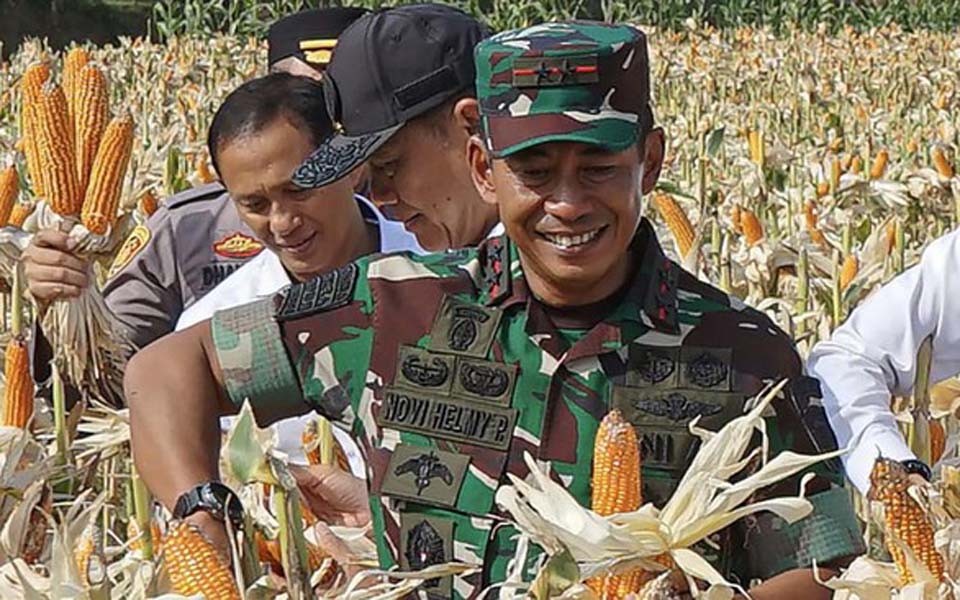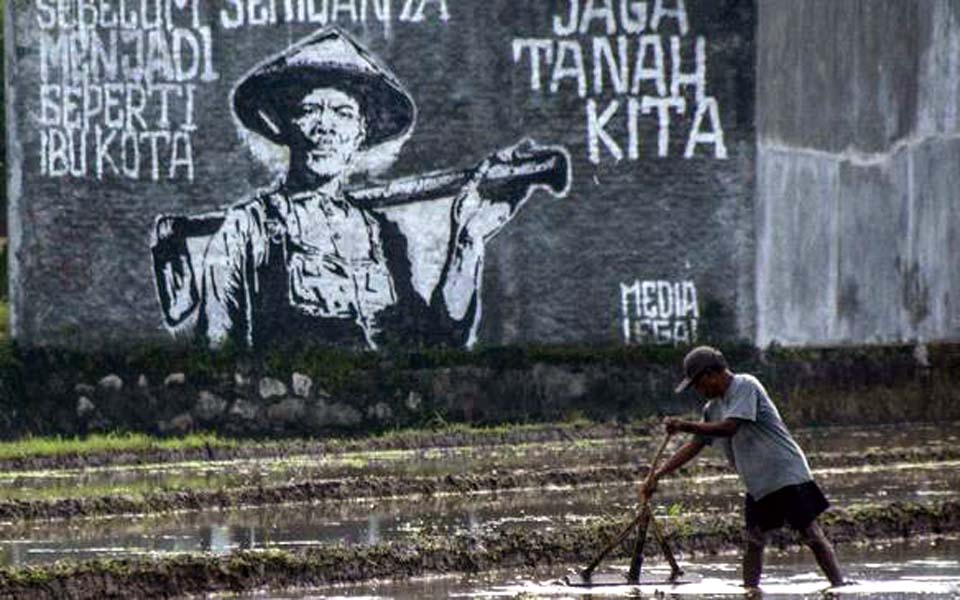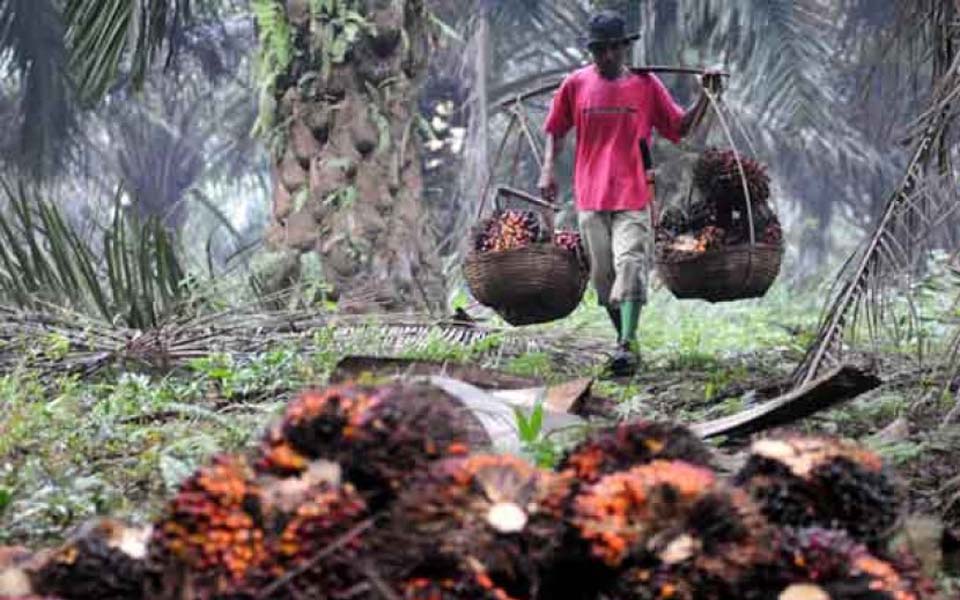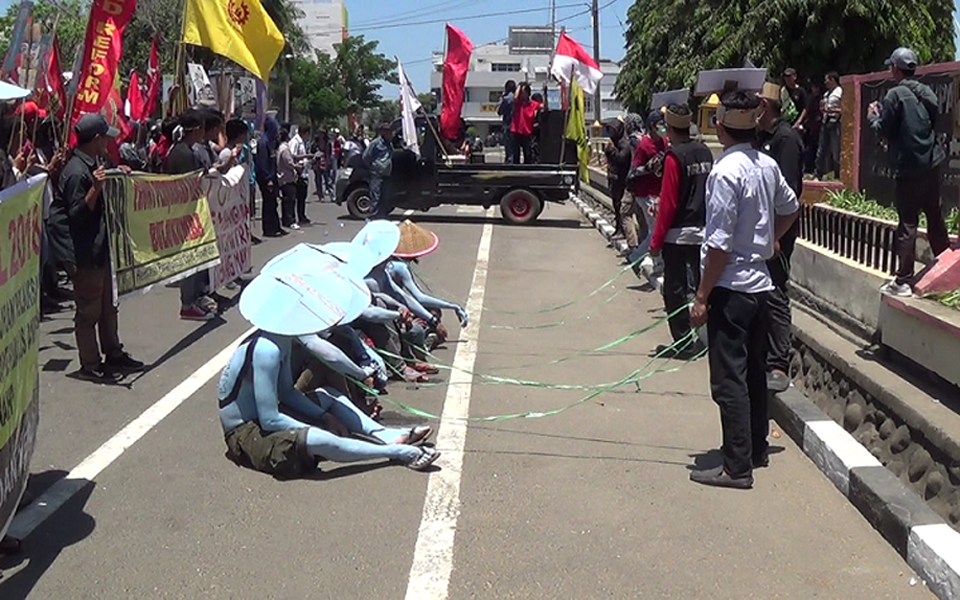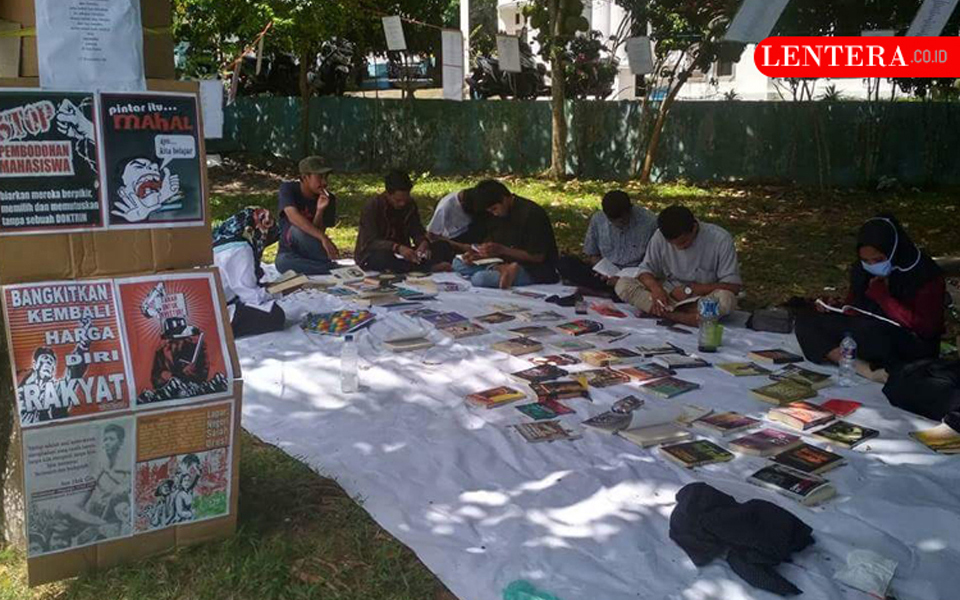Palmerah – The number of farming households over the last 10 years has declined by 5.04 million. Over the same period, the number of agribusinesses has grown by 1,475 companies. Meaning a formalisation (formalisasi) has taken place. What is alarming however is that the number of marginal farmers is increasing.
National Statistics Agency (BPS) chief Suryamin, in an official press statement in Jakarta on Monday September 2, outlined the preliminary results of the 2013 agriculture census. This included data on farming households, which in BPS terminology are referred to as ‘household agricultural enterprises’, and are defined as households in which one or more of its members are farmers.
Based on a census carried out in May 2013, BPS recorded a decline of 5.04 million farming households, from 26.13 households in 2003 to 26.13 million households in 2013. Meaning the number of farming households is declining by an average of half-a-million a year.
The largest decrease occurred in Central Java with as many as 1.47 million farming households, and the smallest was in Bengkulu province with as many as 3,500 farming households.
Over the same period, the number of agribusinesses grew by 1,475 companies, from 4,011 companies in 2003 to 5,486 companies in 2013. This trend in the growth of agribusinesses has shifted to outside Java Island.
Lampung University Professor Bustanul Arifin is of the view that the decline in the number of farming households and the increase in the number of agribusinesses represents a formalisation of the agricultural sector. This is a general phenomenon of development in many countries.
According to Arifin, this formalisation proceeds positively as long as the level of marginalisation (guremisasi) also declines and a significant absorption of labour occurs in the industrial and service sectors.
If not, then formalisation is the same as farming households being squeezed out by the presence of agribusinesses. Marginal farmers are farmers who own 0.5 hectares of land or less.
“I suspect that if indeed this is running parallel (linier) with the level of marginalisation, I think this is a red light. Meaning agrarian reform is just a fantasy and political commodity”, said Arifin.
According to the 1993 agricultural census, the number of marginal farmers stood at 52 percent of the total number of farmers. In 2003 this increased to 53.5 percent and in 2009 increased again to 54.2 percent.
“This structural transformation has not occurred smoothly. What has taken place is mostly a marginalisation”, said Arifin (LAS/WIE/ADH)
Source: Kompas Newspaper
[5 Juta Petani Lenyap: Guremisasi Terus Meningkat dari Tahun ke Tahun – Tribunnews.com. Selasa, 3 September 2013. Translated by James Balowski.]





